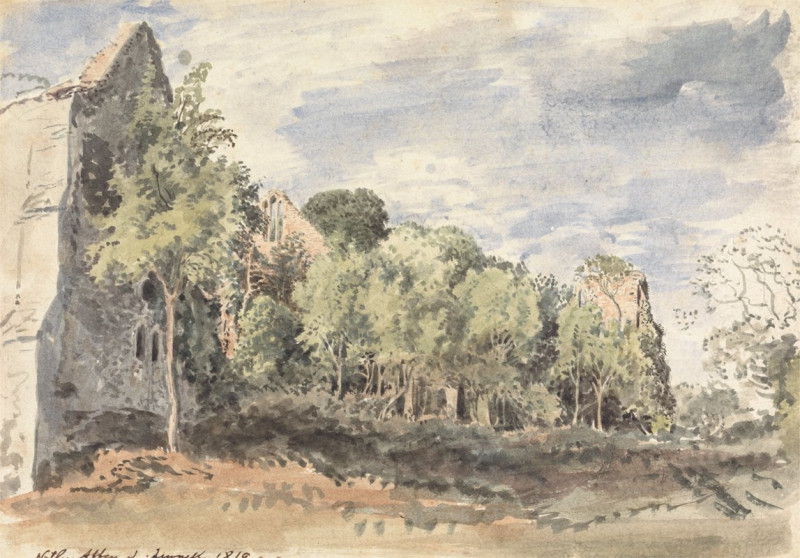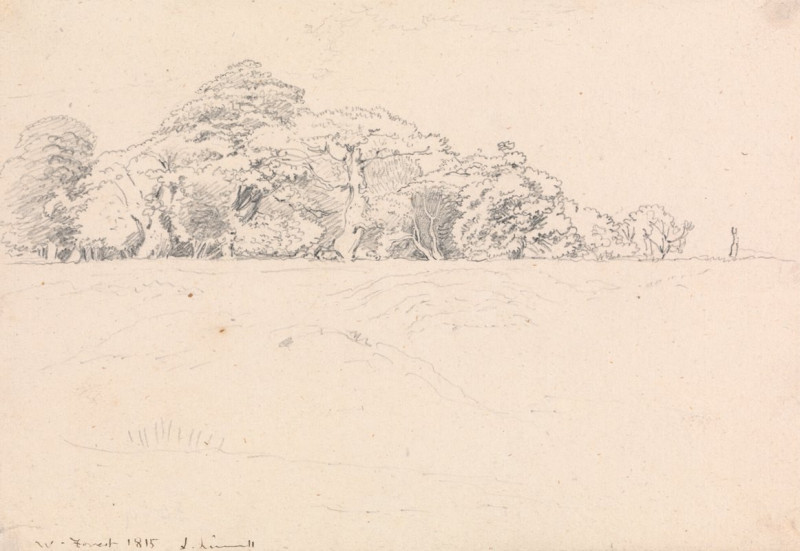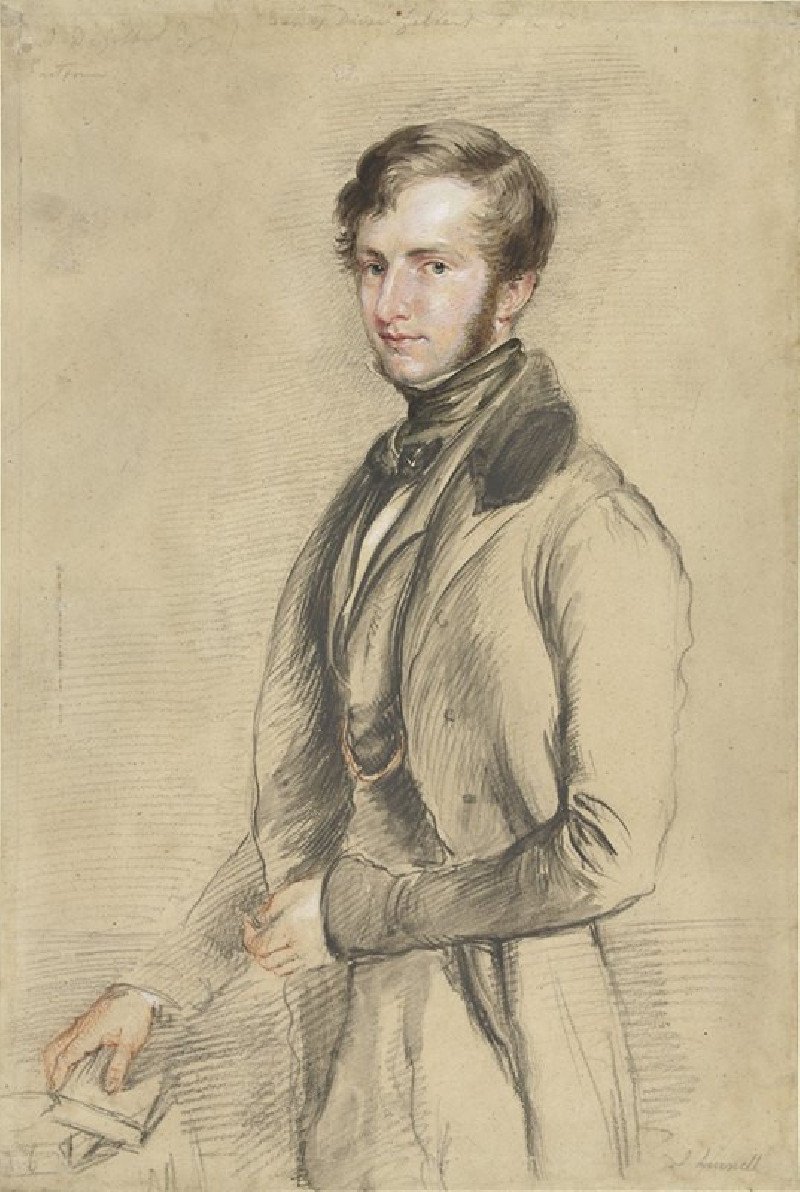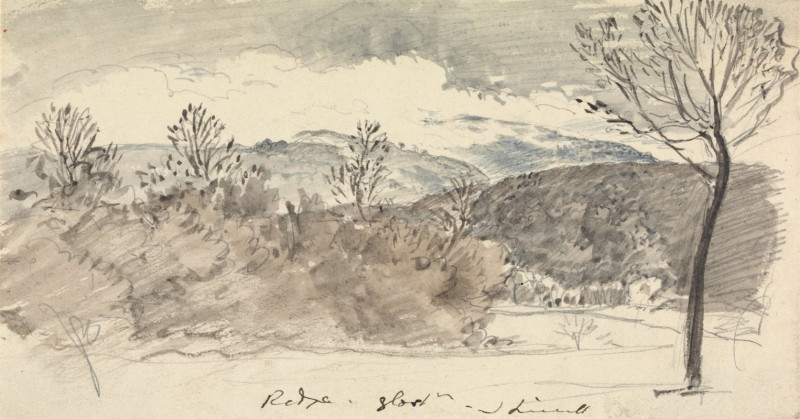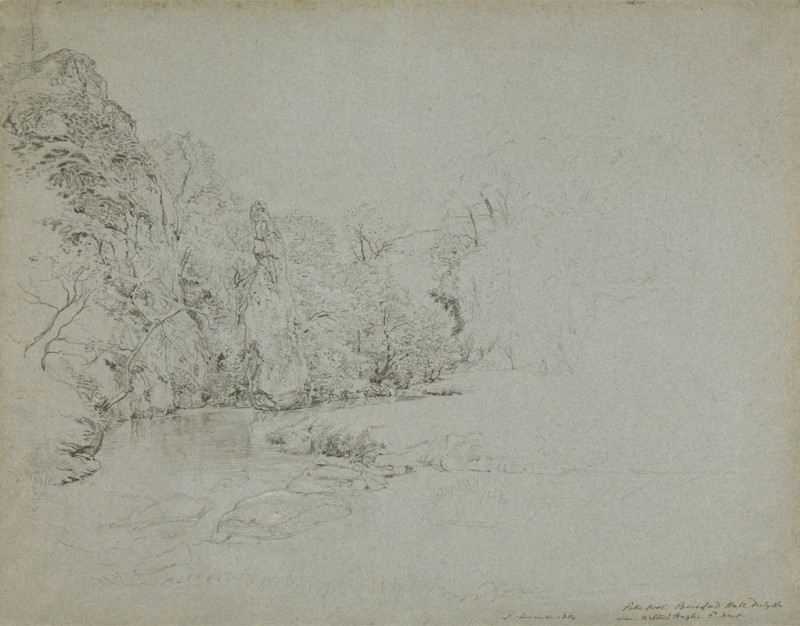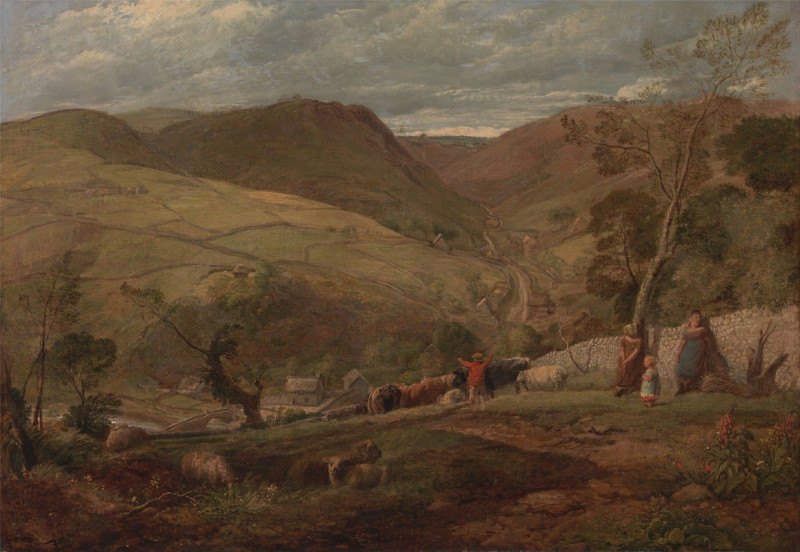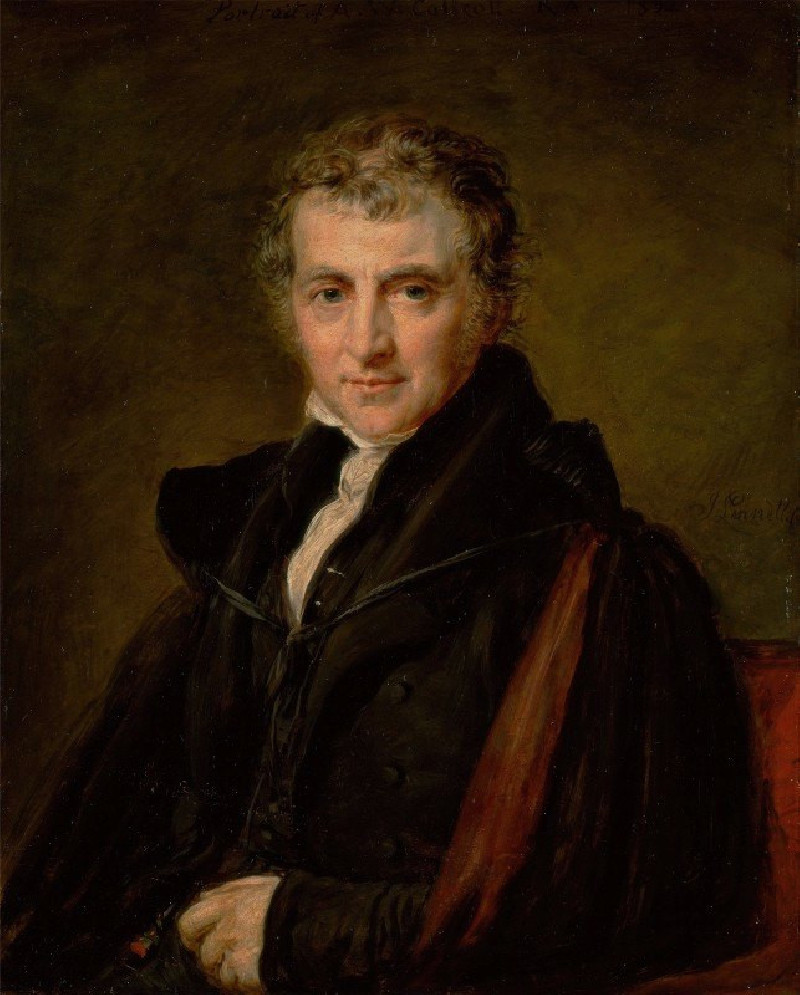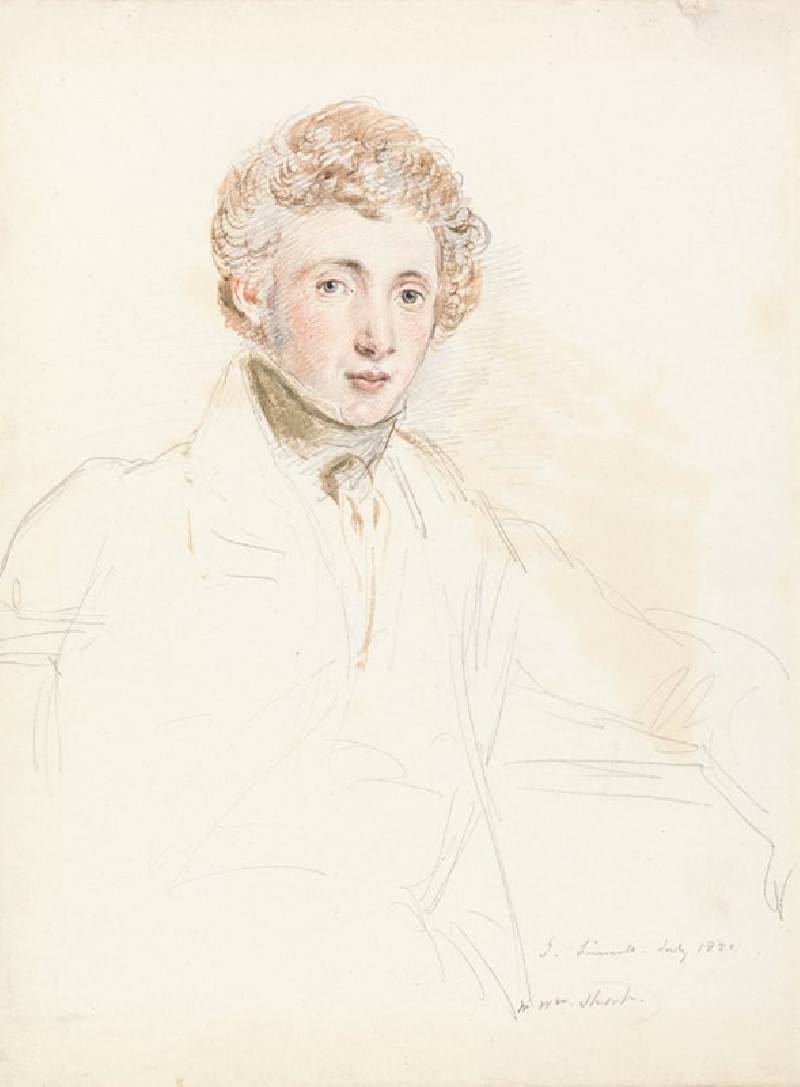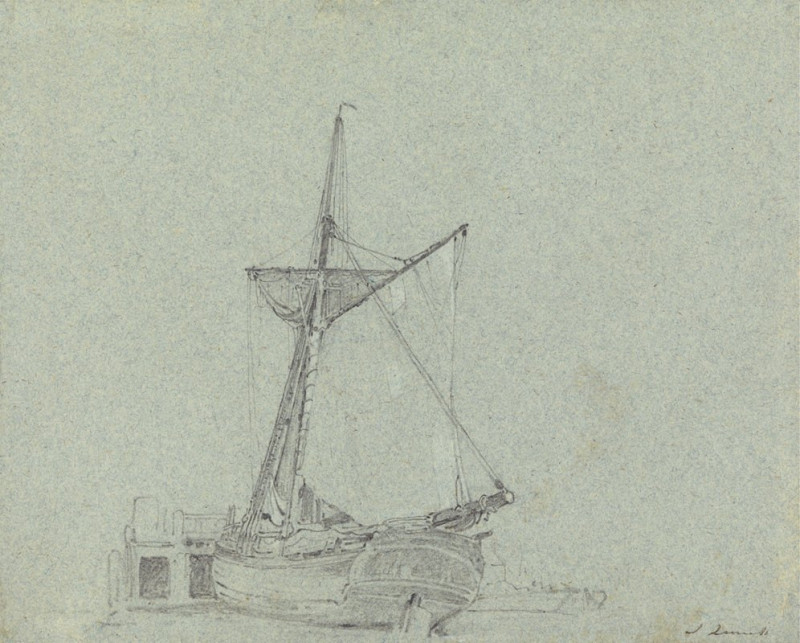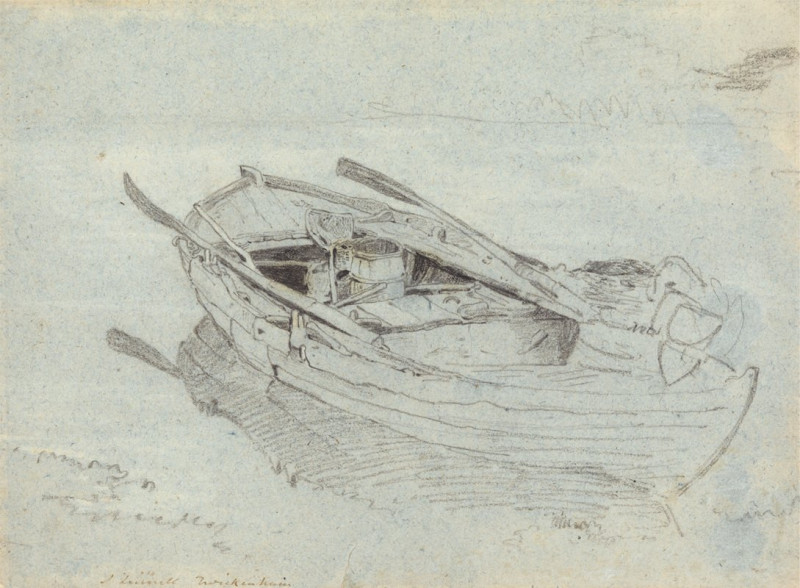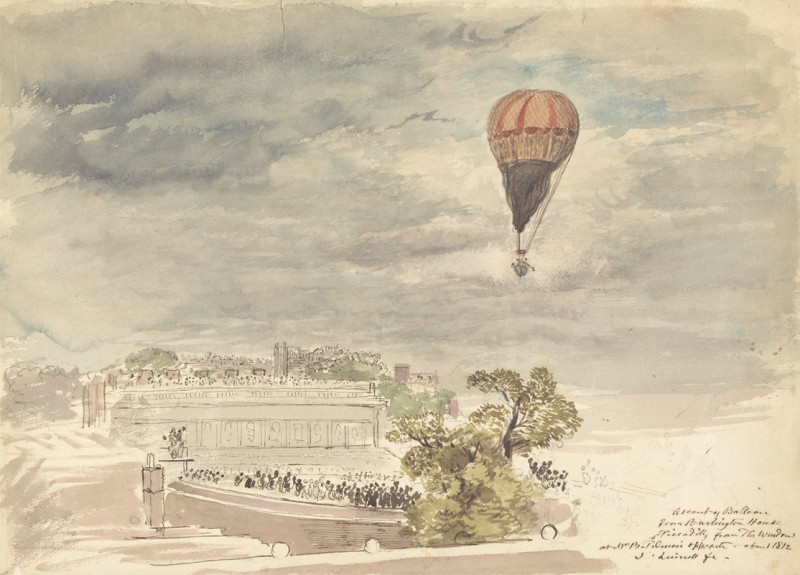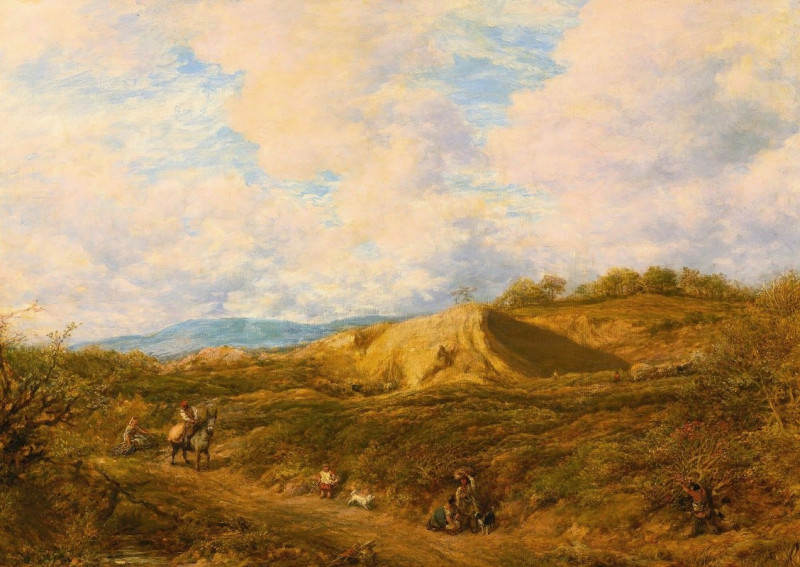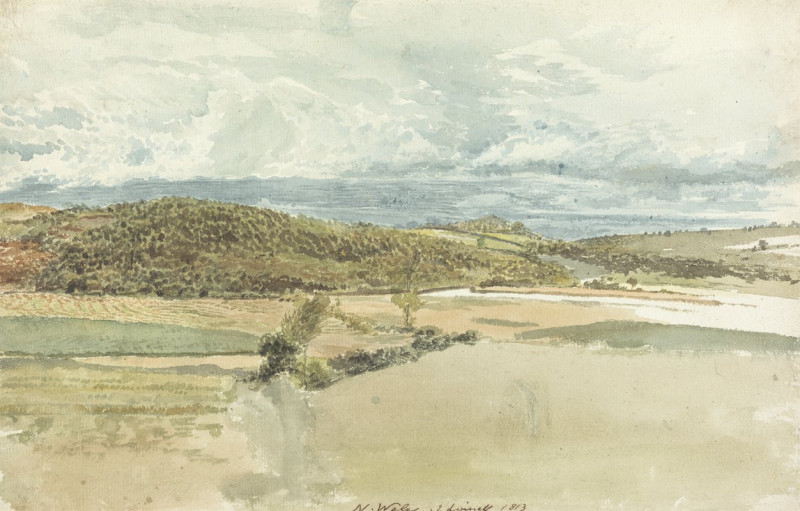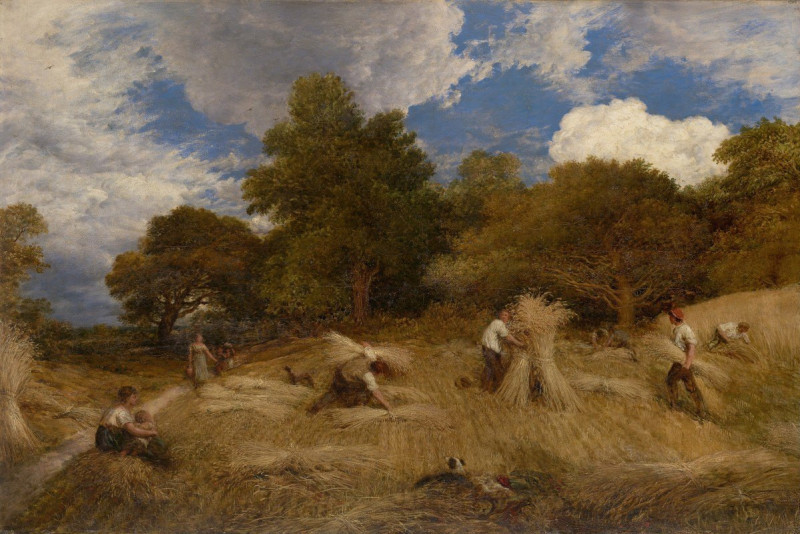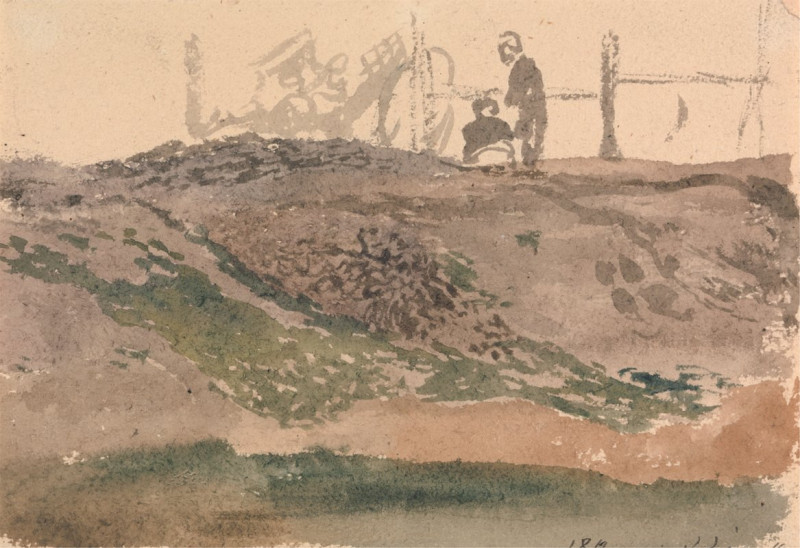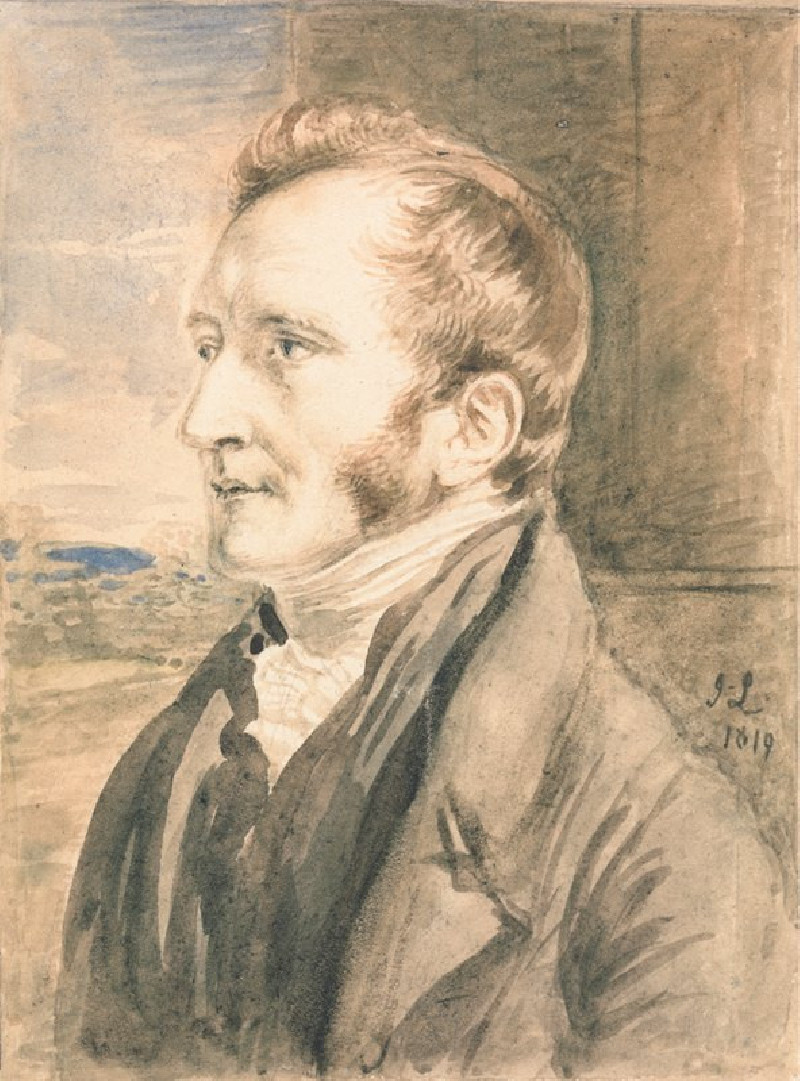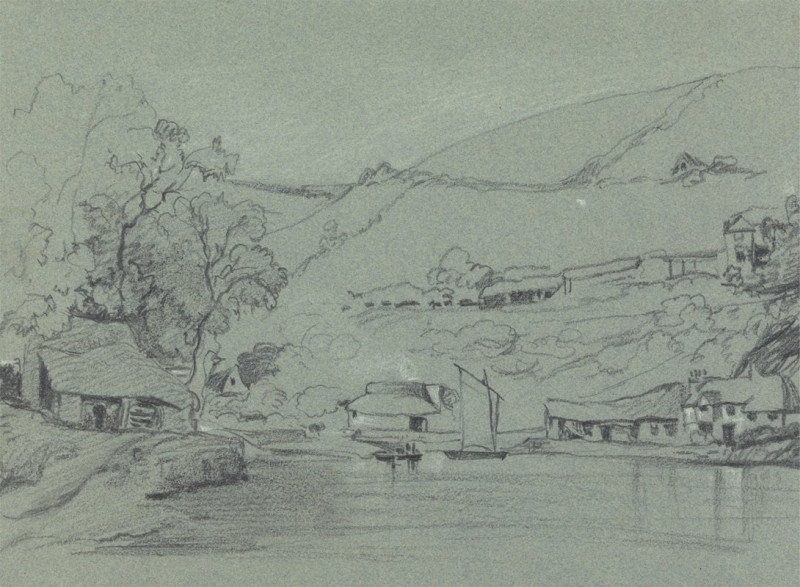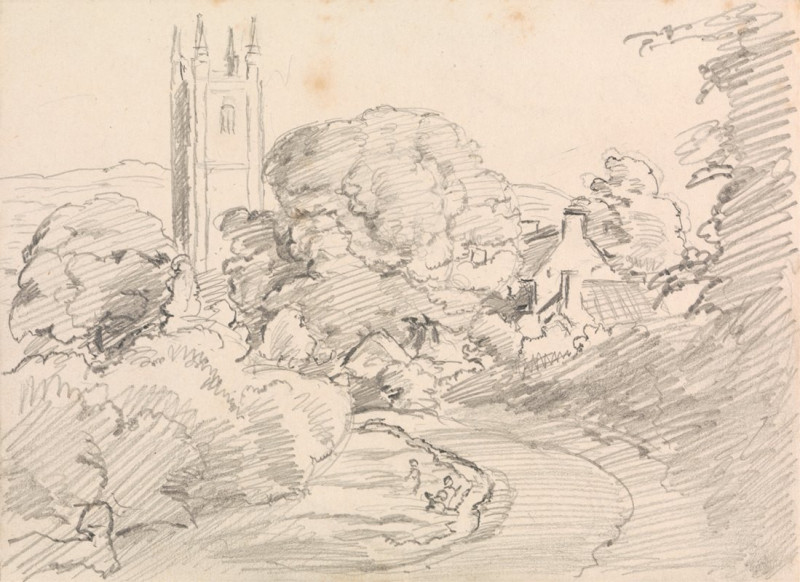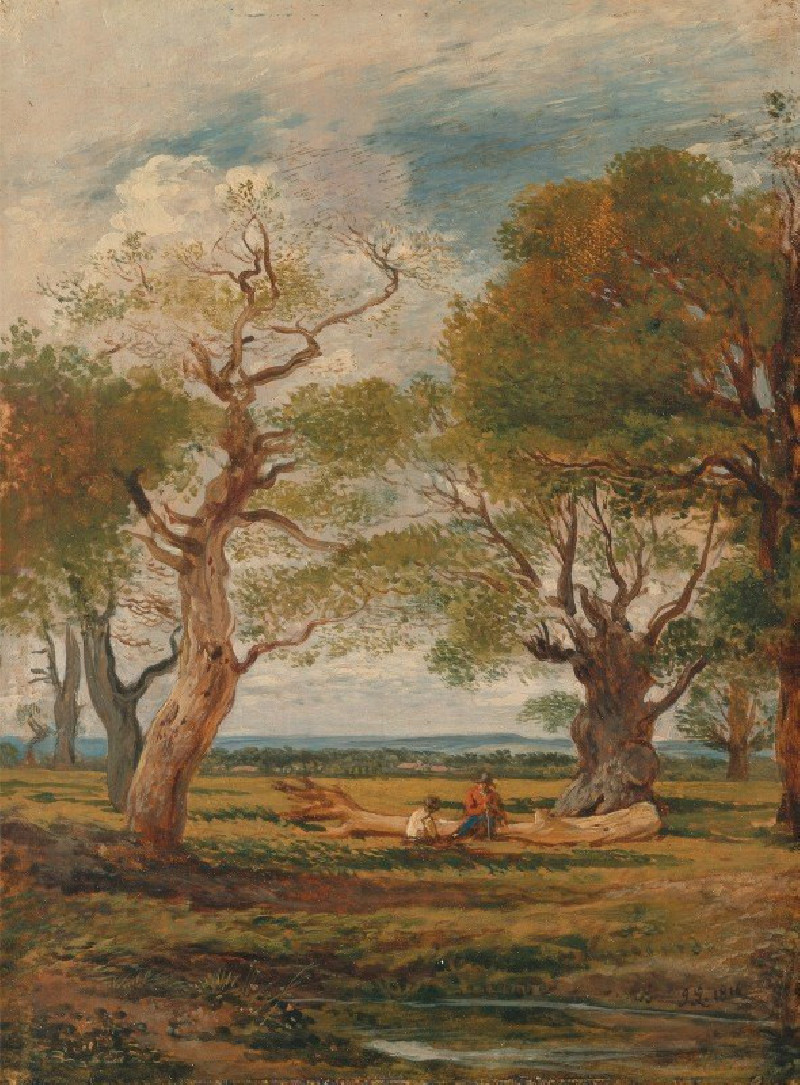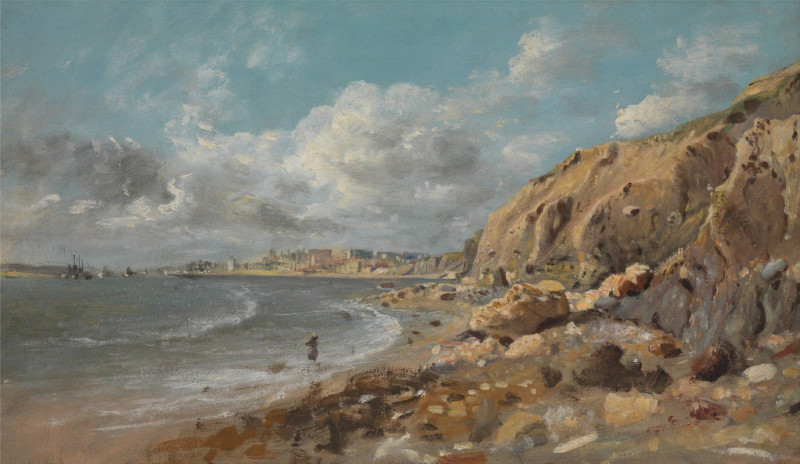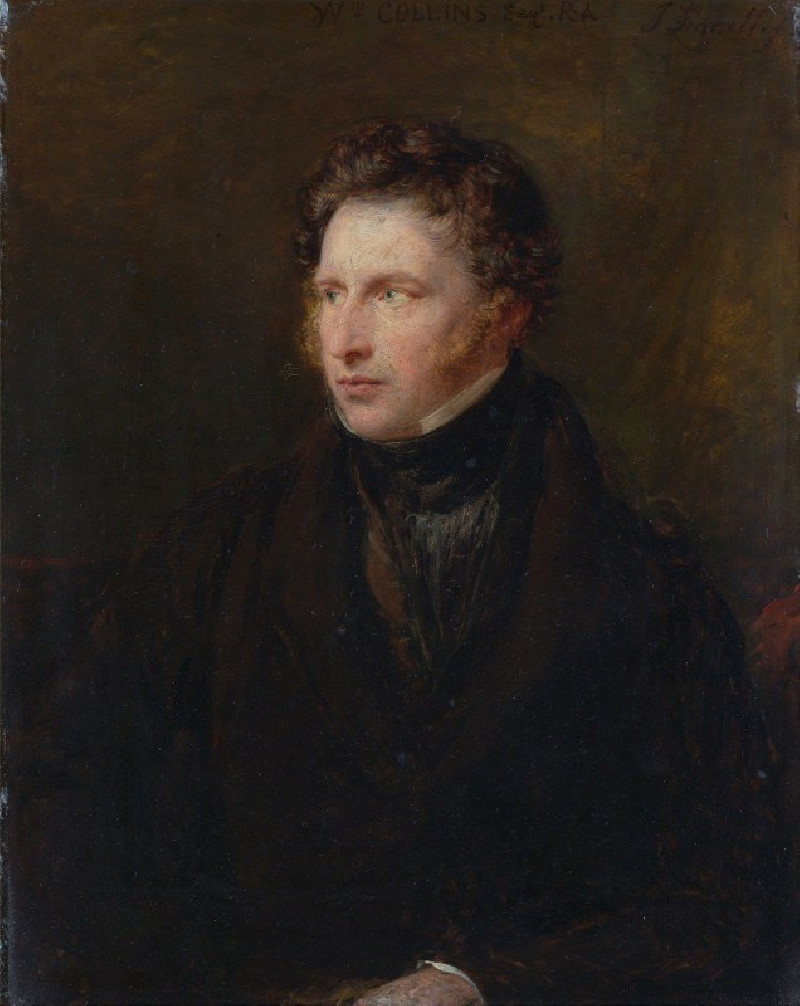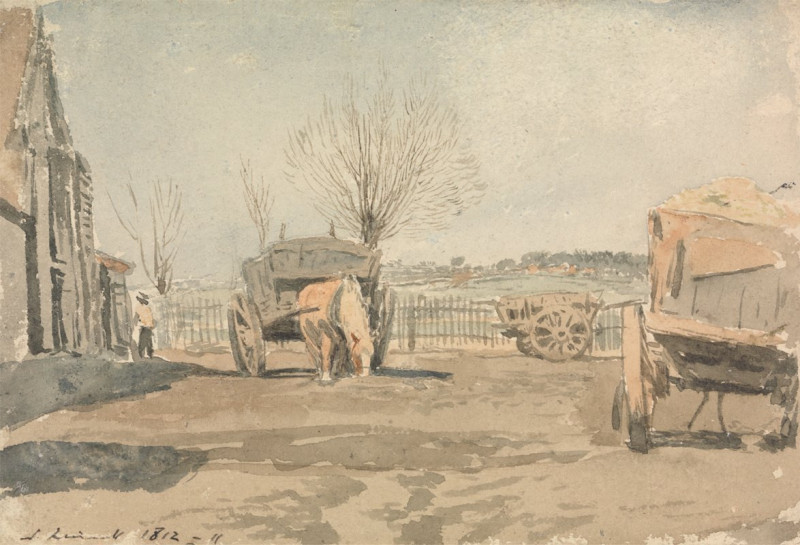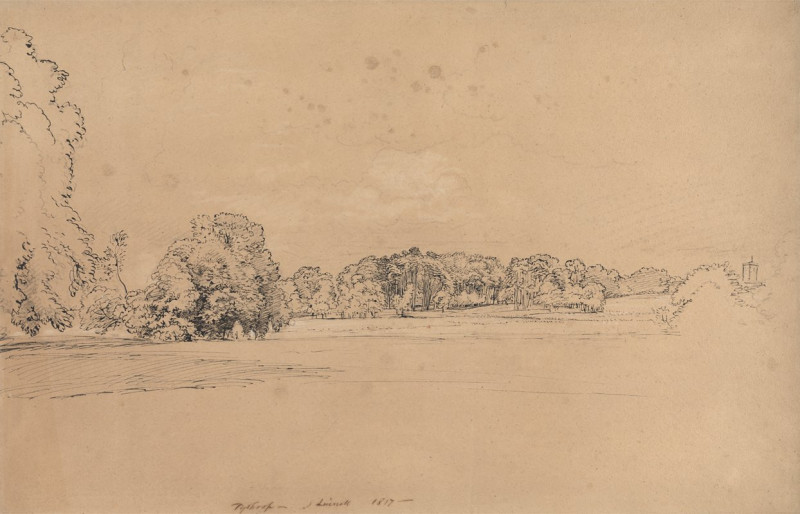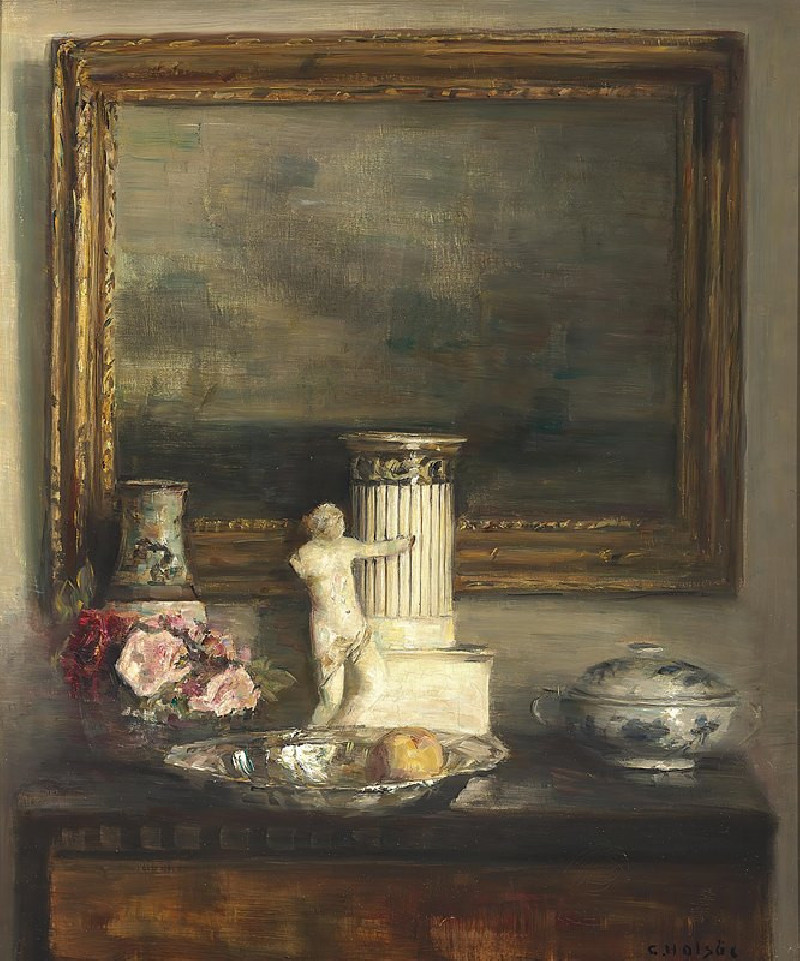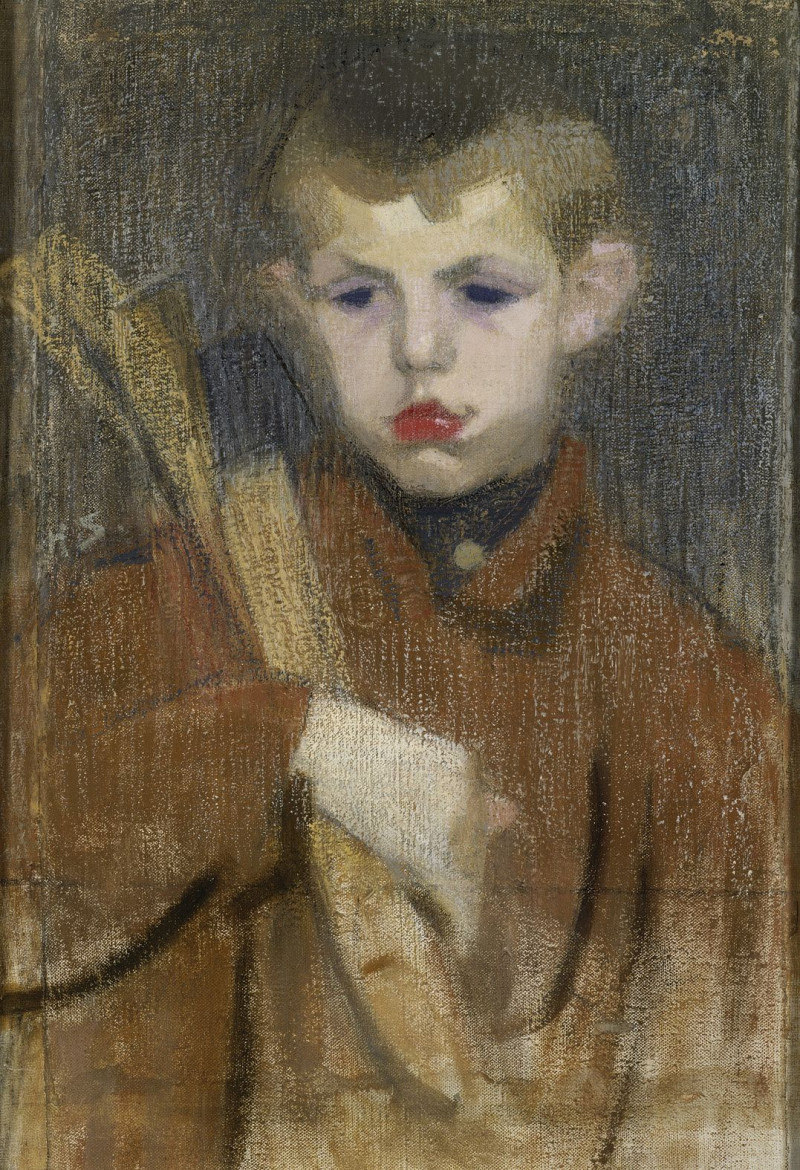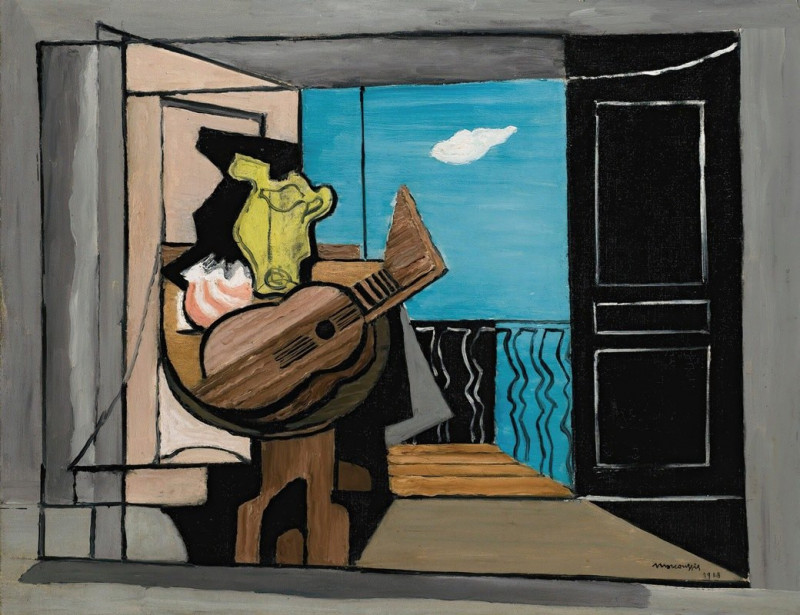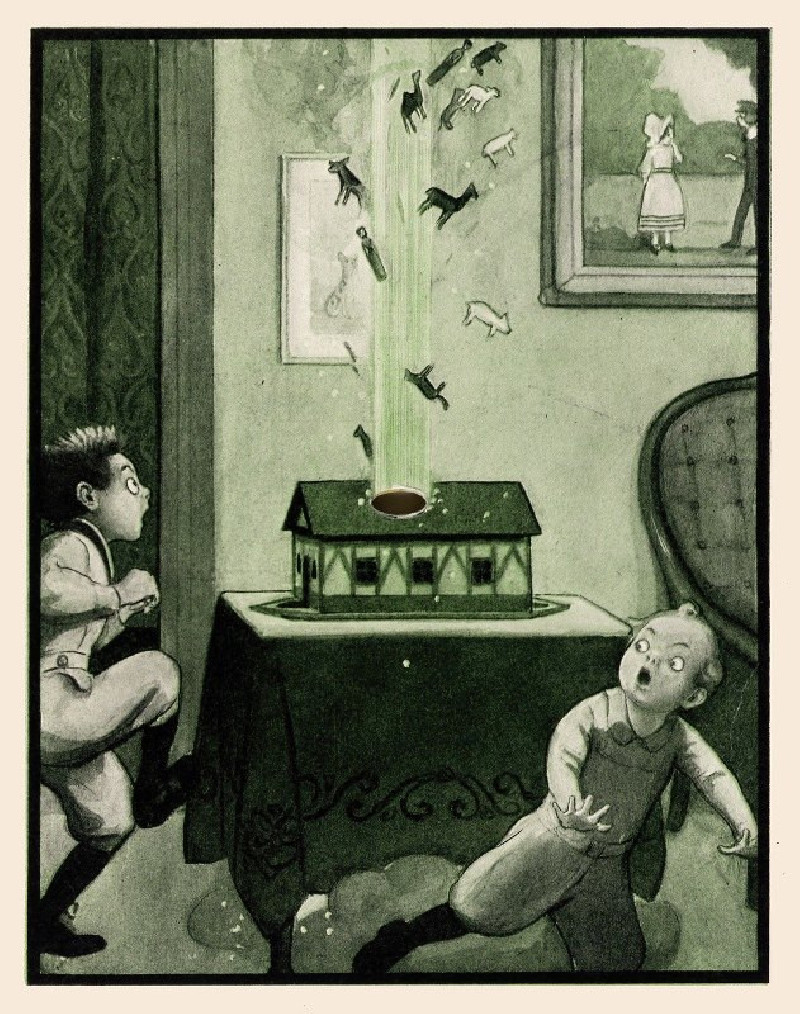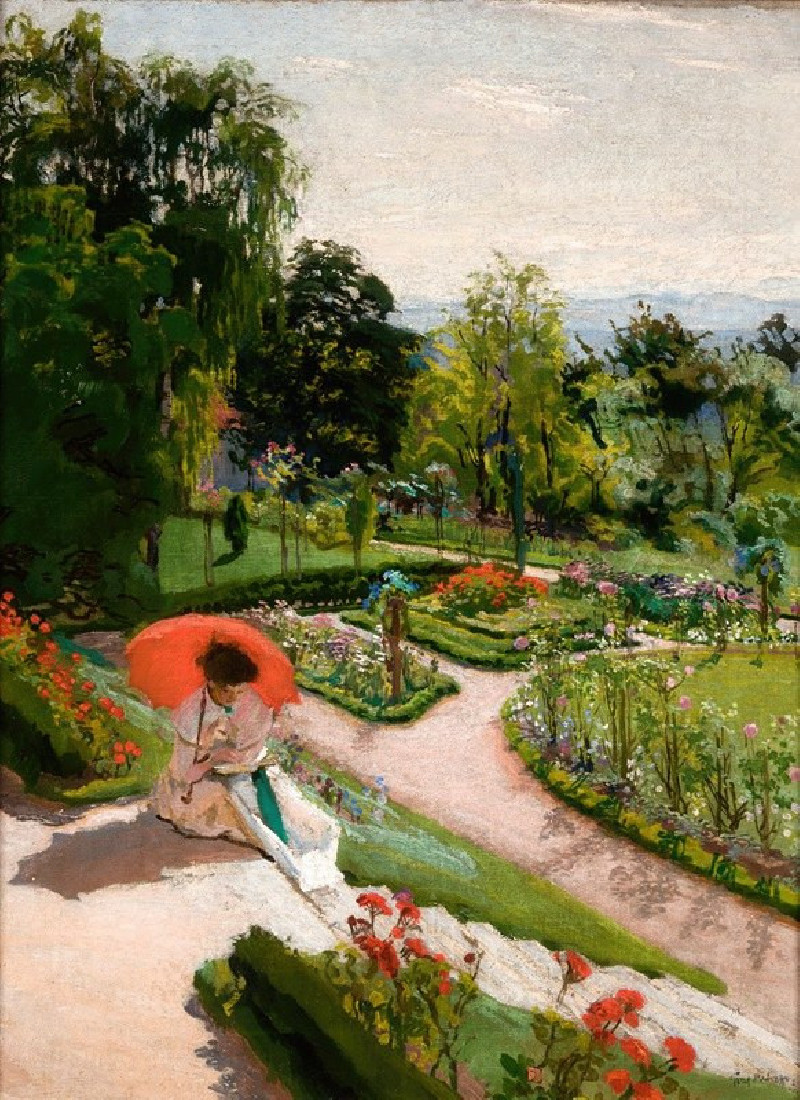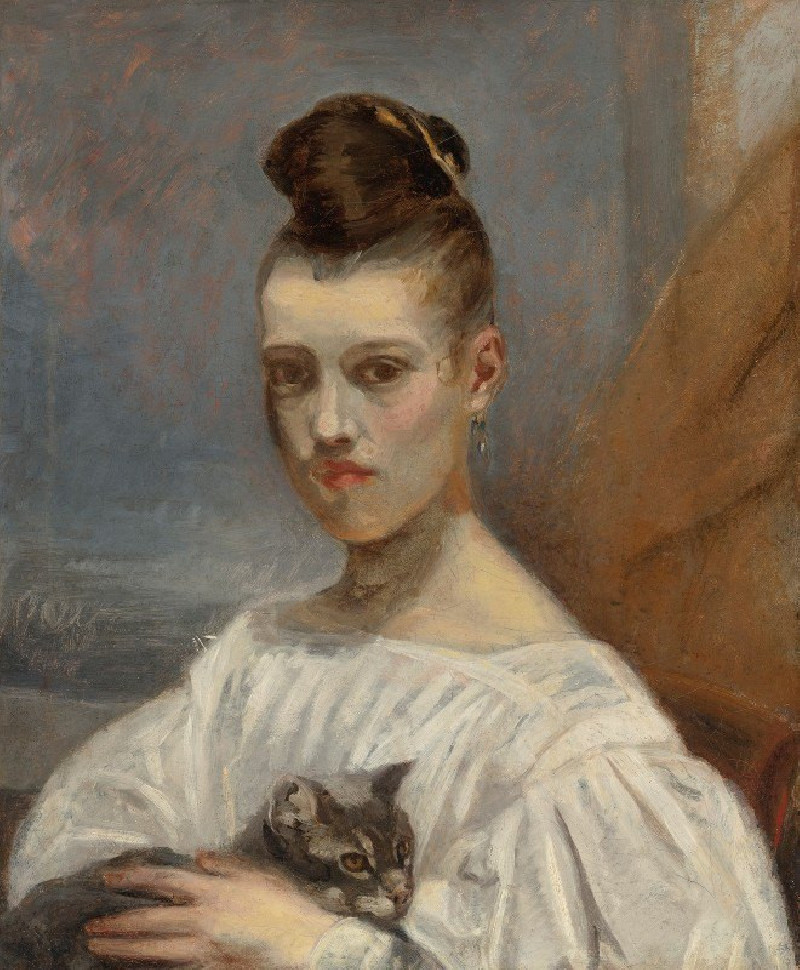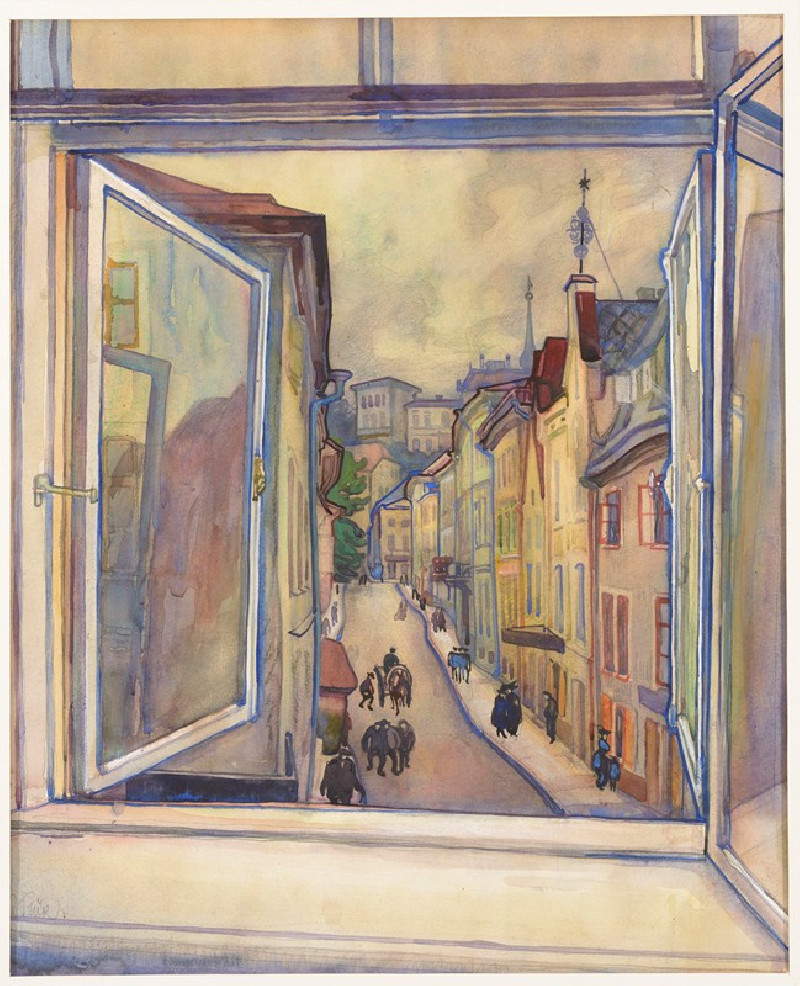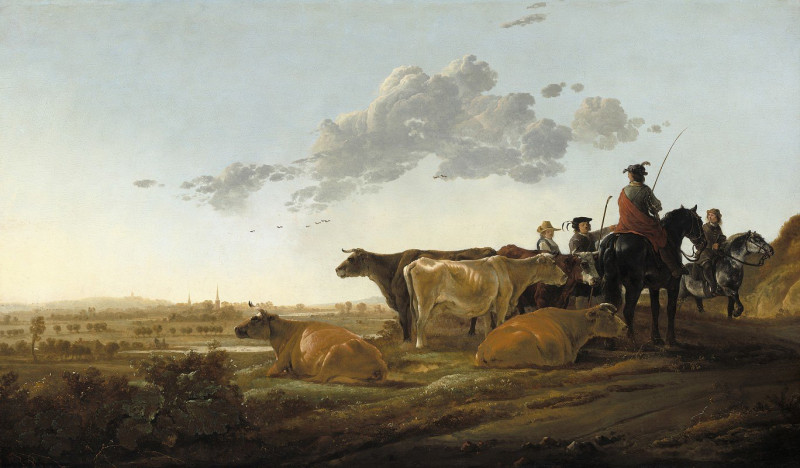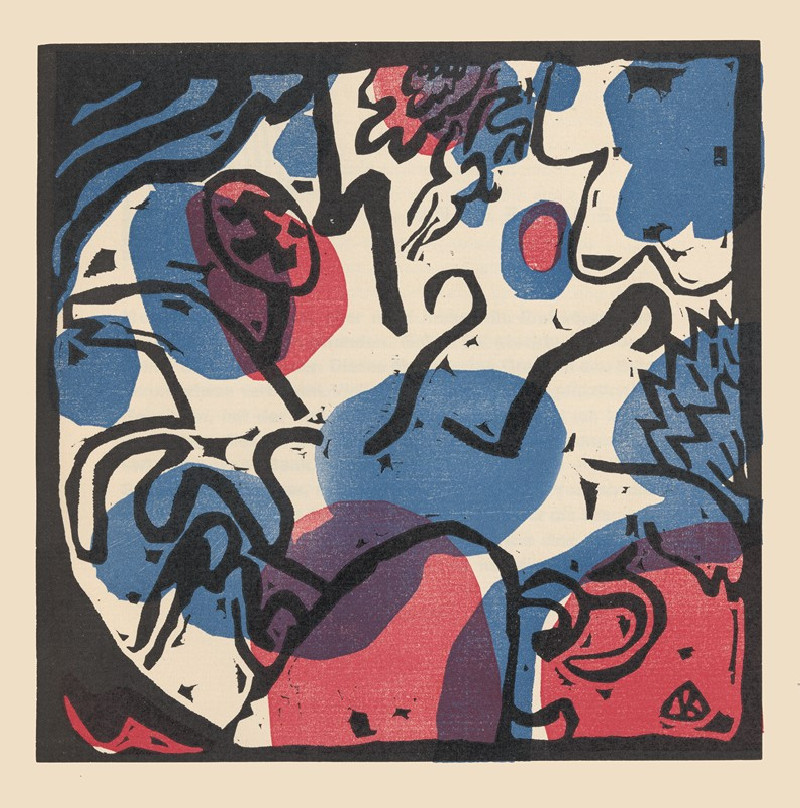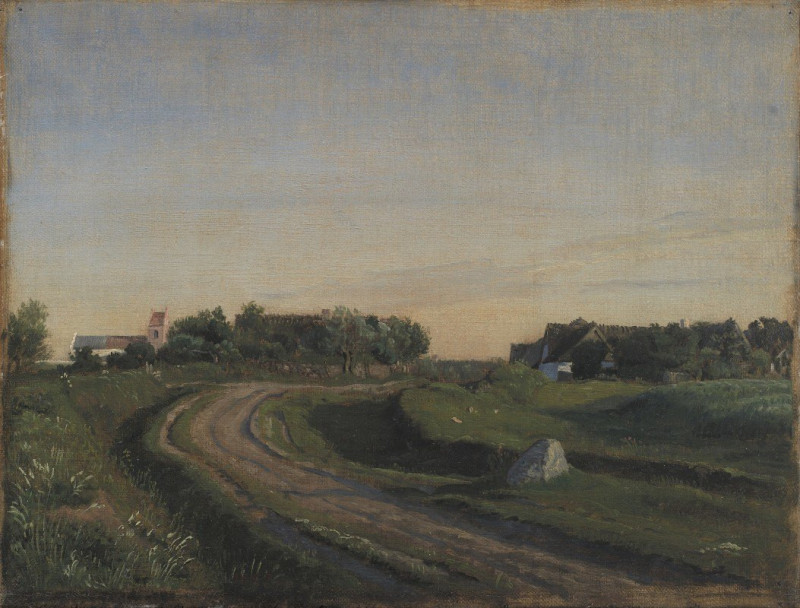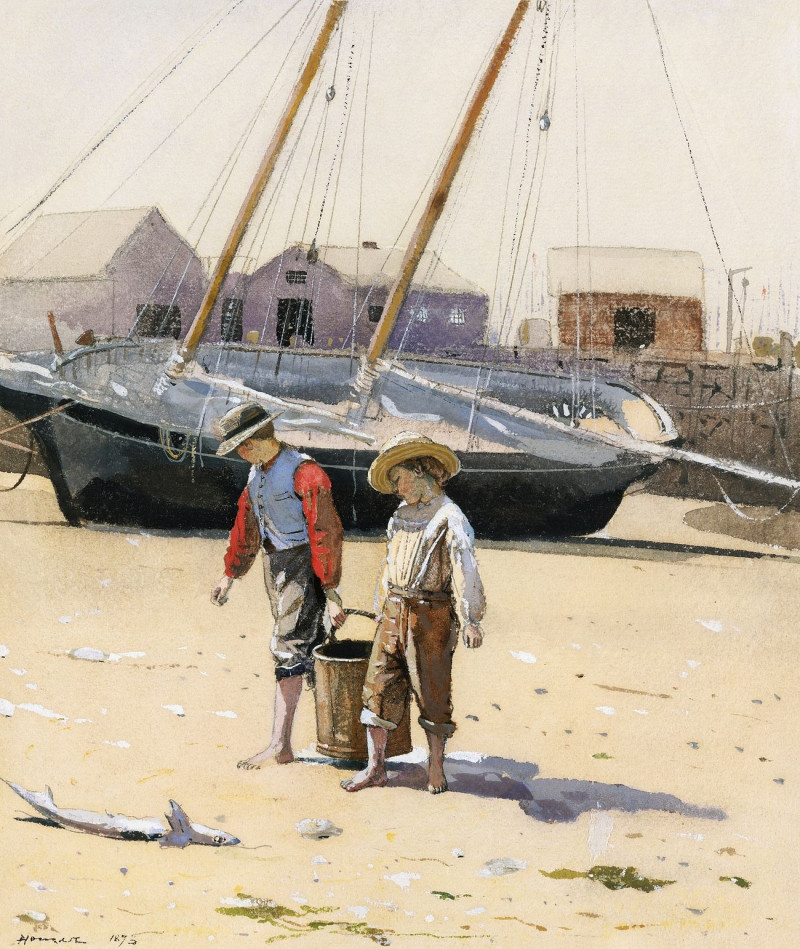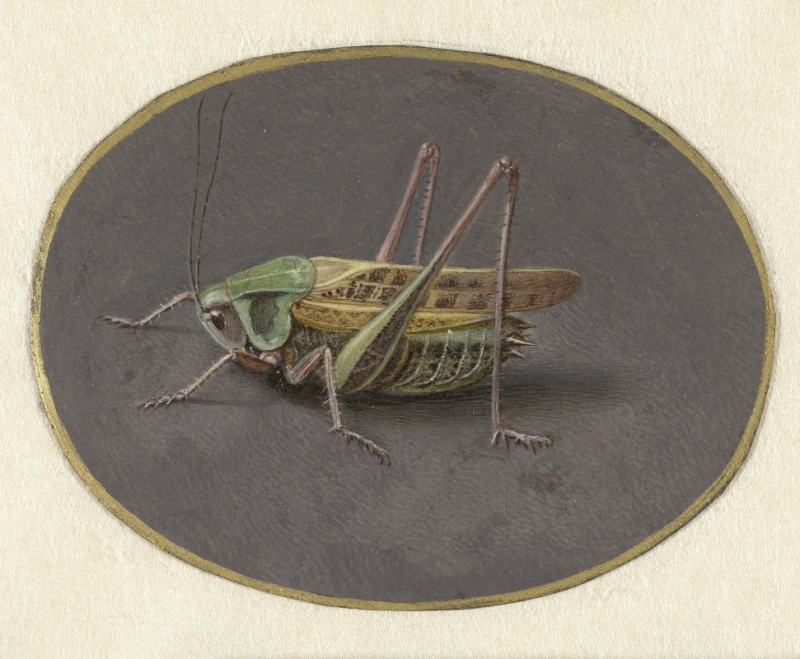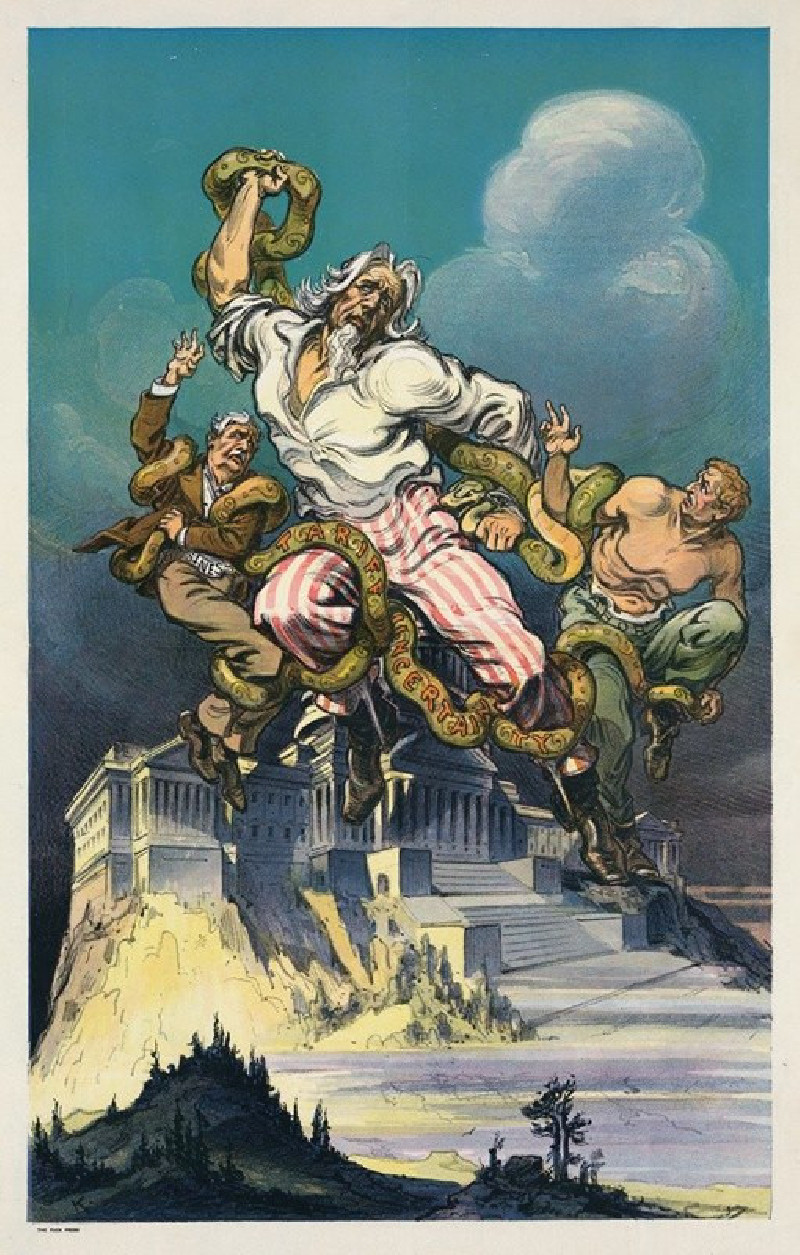Netley Abbey (1810)
Technique: Giclée quality print
Recommended by our customers
More about this artwork
"Netley Abbey (1810)" by John Linnell is a captivating testament to the raw beauty and mystique of British ruins under the gentle hand of nature's embrace. This watercolor painting presents a serene view of the medieval Netley Abbey, nestled amidst lush foliage. The composition is balanced skillfully with the sturdy, partially crumbled structures of the abbey on the left, standing as silent sentinels of history, while the right is dominated by dense trees, possibly in the full bloom of summer.Linnell's use of light and shadow animates the scene, giving it a breath-like quality, as if the abbey and the surrounding landscape are inhaling the cool, moist air of a typical English day. The soft, earthy tones and the loose, fluid brushwork contribute to an atmosphere of tranquility and timelessness. This painting is not just a visual piece; it is a narrative of preservation and decay, where architecture and nature intertwine in an eternal, silent dialogue.
Delivery
Returns
John Linnell was an English engraver, and portrait and landscape painter. He was a naturalist and a rival to the artist John Constable. He had a taste for Northern European art of the Renaissance, particularly Albrecht Dürer. He also associated with Edward Thomas Daniell, and with William Blake, to whom he introduced the painter and writer Samuel Palmer and others.

